Global health reflections from Kathmandu, Nepal
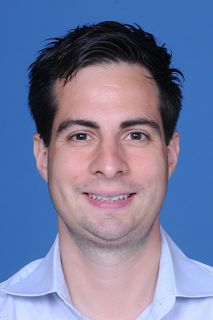
After the lights went out for the third time as we ate dinner, Dr. Anil Ghimire, calmly shrugged as he said, “This is Nepal, my friend. And this is why we have two back-up generators for the hospital.”
Seeing the ongoing recovery and rebuilding efforts to the city of Kathmandu, Nepal, a little more than a year after being rocked by earthquakes, was eye-opening. Being able to spend time at the Nepal Orthopedic Hospital (NOH), affiliated with Rotary International and the Nepal Disabled Association, alongside the surgeons, doctors, and nurses of the hospital and its patients allowed a view into global health and surgery that I had never seen before. The hospital, with more than 100 beds, specializes on caring for patients in need of orthopedic care, with an outpatient clinic that sees more than 150 patients per day and a surgical team that performs anywhere from 8-15 surgeries per day.
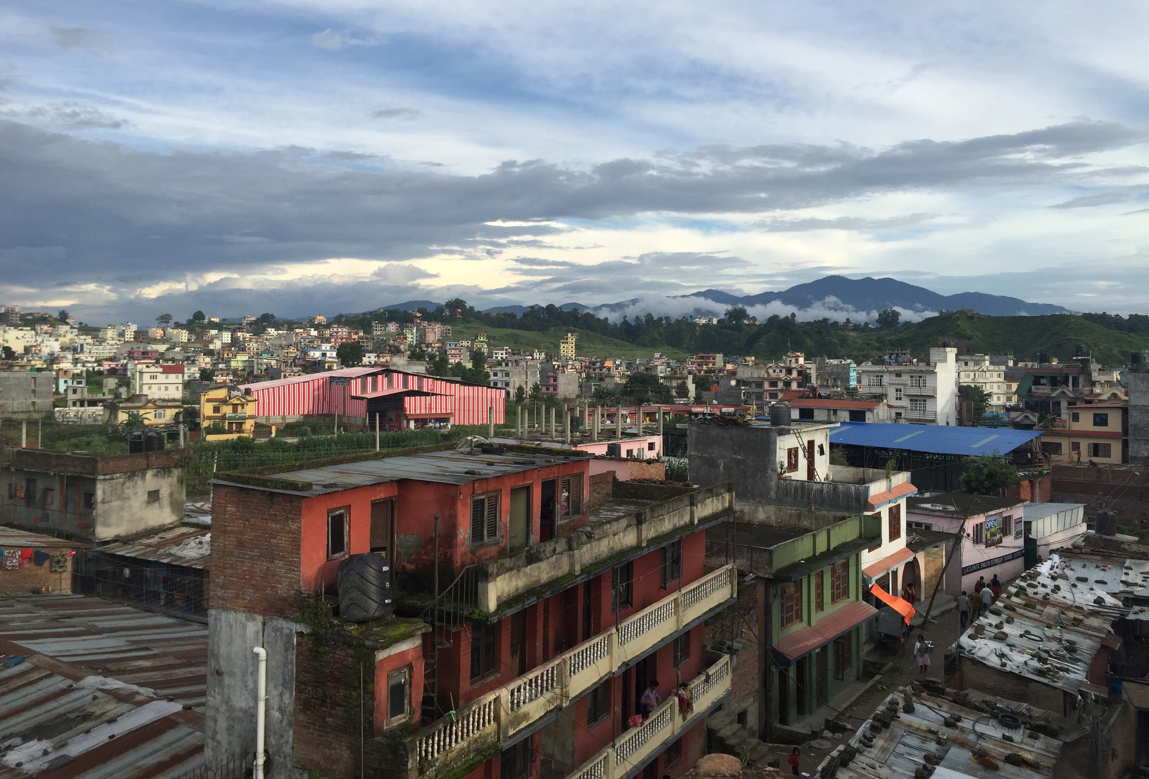
It didn’t take long to see that the doctors of NOH were very dedicated and cared for their fellow citizens a great deal as we saw patients daily. I asked Dr. Ghimire one evening as the team ate dinner together how long the recovery process took after the earthquake. I asked him if life in Kathmandu and Nepal was returning back to normal as we mixed daal with rice on our plates. I could tell that it was a deep and sensitive question after he paused and the whole table fell silent. He looked at me directly, then pointed across the table. “Do you see this man, our brother? He still has no house. He is still rebuilding. Our city and our country is the same way, my friend.”
He continued. “The day of the earthquake – some of us were at the hospital – some were in different parts of the city. We all knew that it was our duty to come to the hospital as soon as possible to take care of our family and friends, our countrymen and countrywomen. Some of us walked, some came by moped as the roads were too broken up to come by car. But by the next day, we were all here at NOH, caring for the wounded and injured.”
Dr. Ghimire and the other doctors later described the three weeks straight of consecutive epasurgeries without a day off, of sleeping 4-5 hours a night in the hospital and walking up to begin the next day of surgery. They explained how ER had only two beds, and soon the general ward was overflooded with patients and used for both post-op care and triage simultaneously. They explained how the Canadian army came and set up a surgical tent outside the hospital building that provided additional operating theaters to meet the increased demand. And how the doctors from Belgium, Germany, and the U.S. visited to lend support, but left a few weeks later. And they explained how it was three months before daily schedules stabilized and the outpatient clinic saw a drop-off in victims from the earthquake. And they explained how Kathmandu was fortunate, and those in the other cities such as Pokhara and Jumla, as well as the countryside of Nepal were less so, that victims were still being seen in the first six months after the quake.
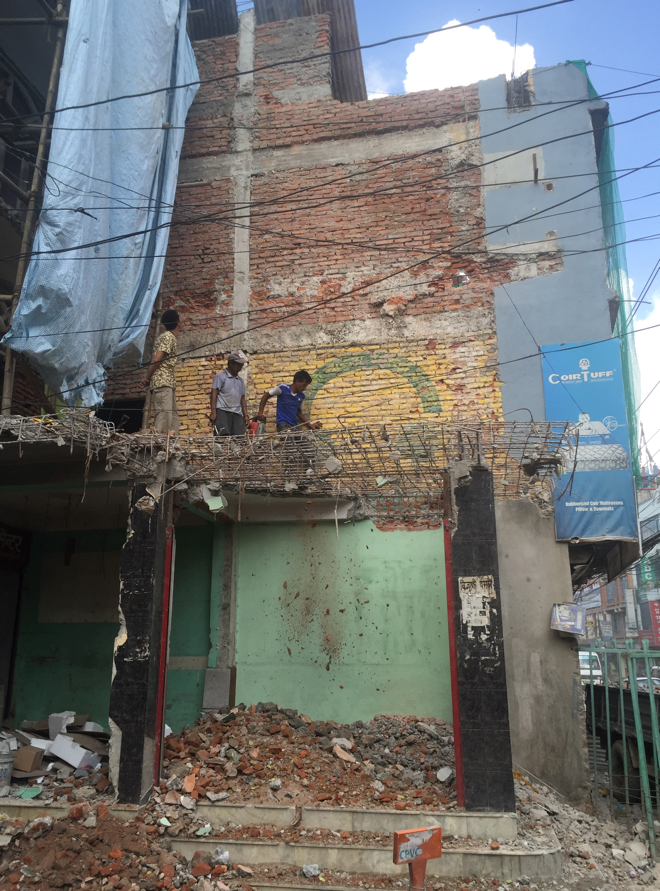
Indeed the initial international response to the earthquake was strong, with doctors from the Northwestern University Feinberg School of Medicine and surgeons and physicians from Operation Walk Chicago providing support and resources that were unable to be initially provided by the Nepalese government to NOH.
But one year later, as the Stryker beds and state-of-the-art battery cordless orthopedic drills remain, the surgeons and staff deal with much more basic surgical and health care necessities. Even in the capital city, surgical implants and sutures are now in short supply. Dr. Anish Gyawali was wrapping up a successful clavicle plate removal – one year post implantation on the patient – and suturing up the shoulder, as he called for another 2-0 gauge thread. The team looked, and then looked some more. “2-0. I need 2-0 now!” The nurse told him politely, “Sir. We don’t have any more 2-0 right now.” And so, on the spot, a makeshift surgical solution was found as Dr. Gyawali reknotted the suture and completed the surgery successfully.
Nepal was a country of remarkable disparities – nearly everybody had cell phones connected to Instagram and Facebook – yet at times infrastructure was simultaneously lacking. The earthquake, coupled with the monsoons, at times, turned the roads of Kathmandu and the surrounding communities into muddy, impassable waterways filled with crevasses. The dichotomy between the haves and have-nots stood out. Dr. Anil Shrestha, chief of the surgical team, described how the NOH team had organized and conducted multiple surgical camps in the outer regions of Nepal to provide key surgical care to those recovering from the earthquake. Furthermore, NOH is partnering to develop additional hospitals in smaller cities, but have seen infrastructure limitations as obstacles.
“We have a great hospital and beautiful operating room in Jumla. But it’s difficult to get surgical supplies to it from the airport – with no road getting there. A cargo plane is too heavy to land in Jumla, and so our supplies must be light and mobile,” Dr. Ghimire explained.
NOH has learned significantly from the earthquake and the hospital is better equipped and prepared for future environmental disasters. The hospital has expanded its emergency room to be able to room 12 patients simultaneously rather than two patients, and completed construction of a full-time call room for surgeons. NOH is now better prepared for back-up power outages, with extra fuel and inverters, and has upgraded its array of available implants for use in surgery.
But beyond being better prepared from a resource perspective, key lessons were learned from a more human perspective. The visiting surgeons and their medical teams working with NOH were quite helpful to providing aid during the crisis, but Dr. Ghimire explained how there needed to be a better vetting process for temporary medical teams. In some cases, surgical mistakes were made because of communication breakdowns between teams during operation as well as follow-ups inadequately performed due to lack of specific knowledge on surgical procedure conducted. “In some cases, we didn’t know the relevant surgical skill of the surgeon performing the operation,” he said. “The consequences of an inadequate surgery or surgical mistake may last forever. We learned from the earthquake that we need a better vetting process for accepting medical aid.”
Communication was quite important to the success of the team. The NOH team would review the next day’s upcoming cases together and ensure that they were all prepared for operations. Transfusions ordered, implants confirmed available. One case required a femur implant of a specific size, which was not available on site, and the team sent a delivery order for a motorbike driver to travel to another Kathmandu hospital to secure the implant for the next day.
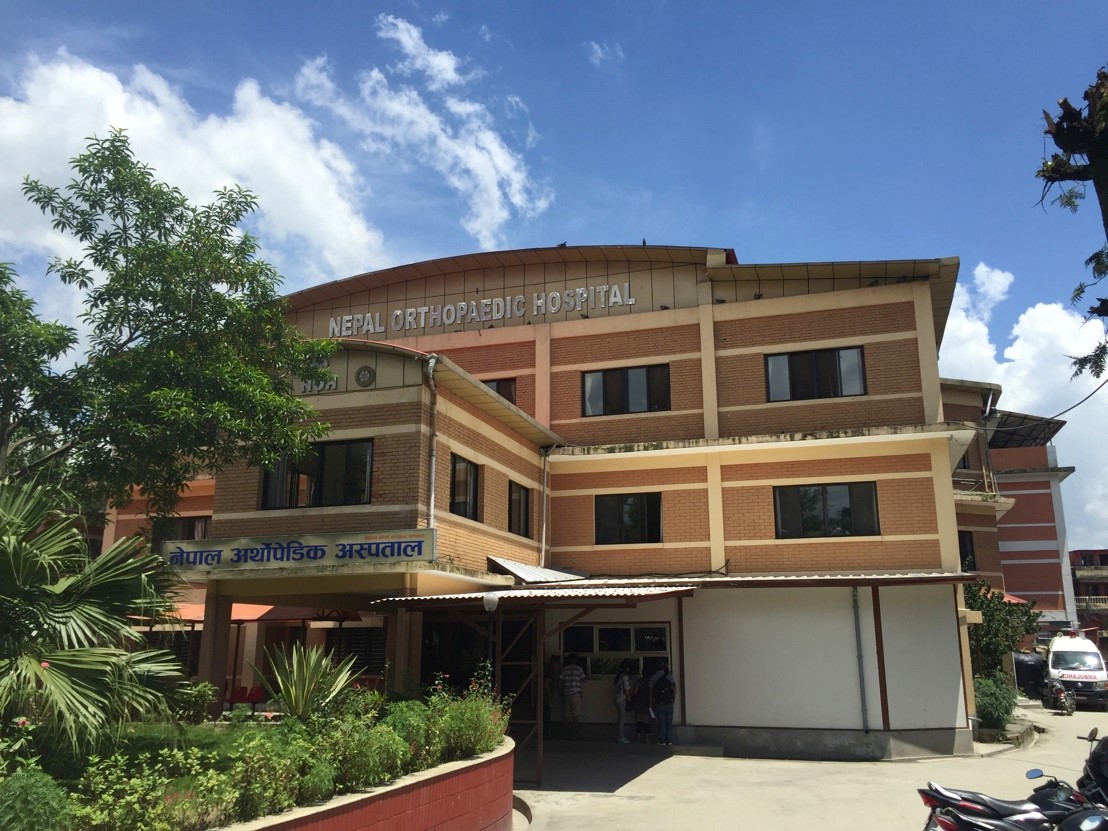
Finally, the dedication of the NOH staff was visible on a daily basis. As the team completed the outpatient clinic for the day, a visibly tired man came in and sat down. After a review of the x-rays and back and forth conversation between the surgeons and the man, Dr. Ghimire turned to me and explained, “This man needs surgery urgently, but we are unable to accommodate him for today. He travelled for two days by foot across the mountains to come to Kathmandu to see us and has no ability to go back home and return later this week.” The team conferred and figured out a way to admit the man and schedule the surgery for the man for the following afternoon, and he was discharged by the end of the week with a successful recovery.
The struggles with conducting surgery in a limited resource setting were visible on a daily basis. The frustration of the power outages in the middle of a surgery, as we would wait for the back-up power to kick in as the portable CT machine would grind to a halt and then flicker back to life, as we stood, watching and waiting. The prevalence of bacterial infection, the numerous cases of osteomyelitis in young patients from recurrent infections. The lines of patients that would arrive daily for outpatient clinic at the start of each day, eagerly awaiting care even though the doctors knew they could only afford 2-3 minutes before moving to the next patient. The frustration with seeing young patients with bright futures rushed into the ER at night, due to accidents caused by drivers operating under the influence. The limitations with local anesthesia, administered constantly and manually during surgical operations. The battle against the hovering presence of leprosy and TB around the clinic and in the community, as constant-lingering phantasms of the night. But the patient, caring and determined attitudes of the doctors and staff I met convinced me that the NOH was prepared and willing to fight to overcome these obstacles.
My time in Kathmandu was short and only provided a few short glimpses of the tremendous grit, heroism and resiliency of one Nepalese hospital – a sparkling example of what commitment in care for human beings and excellence under adversary – the practice of medicine means.

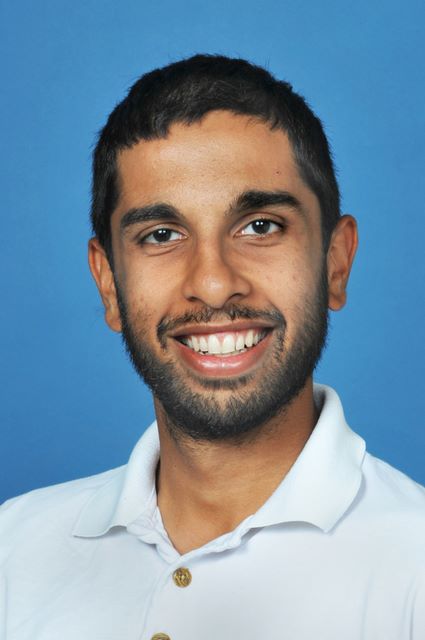
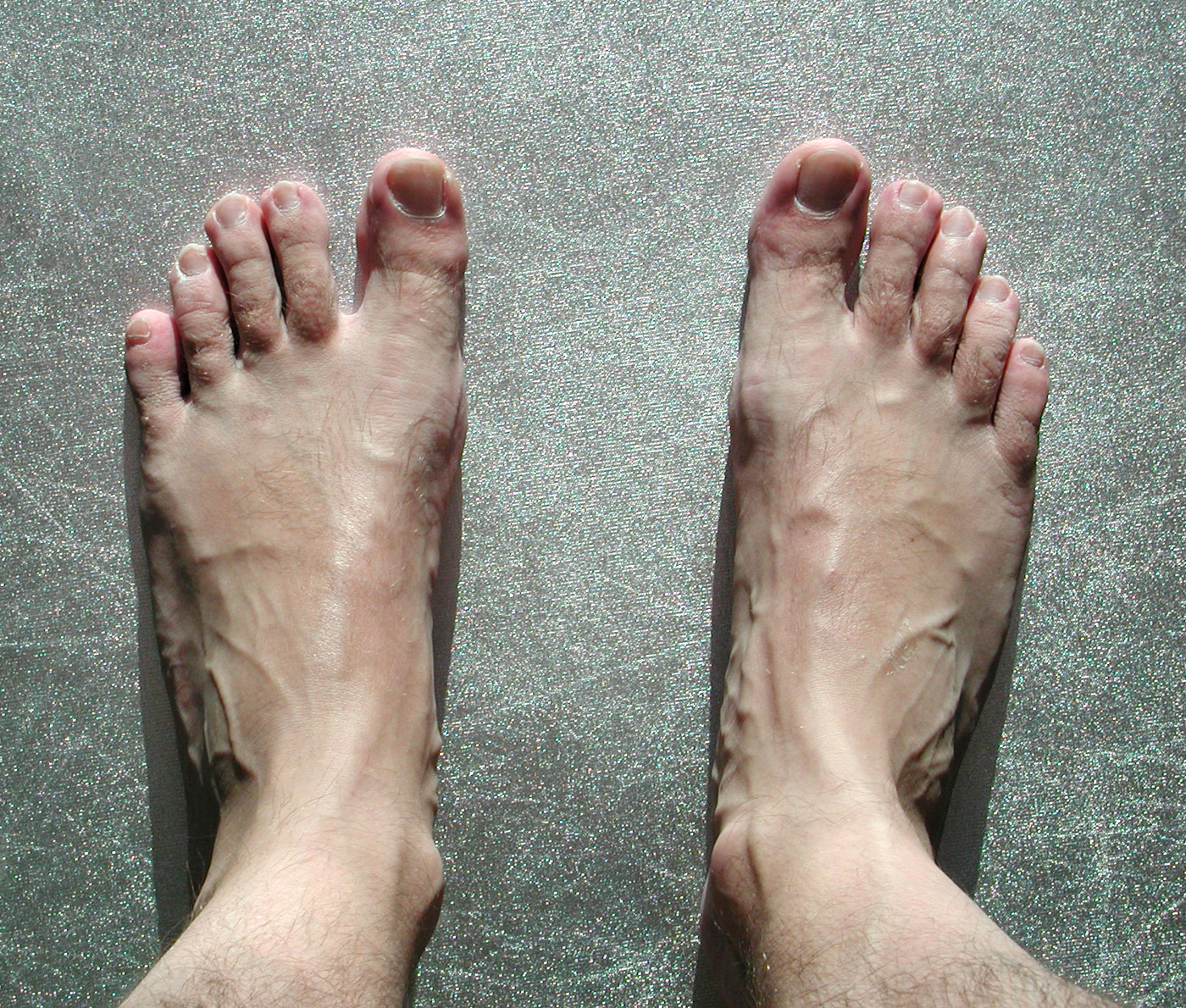

Pingback: Throwback Thursday: Acting globally